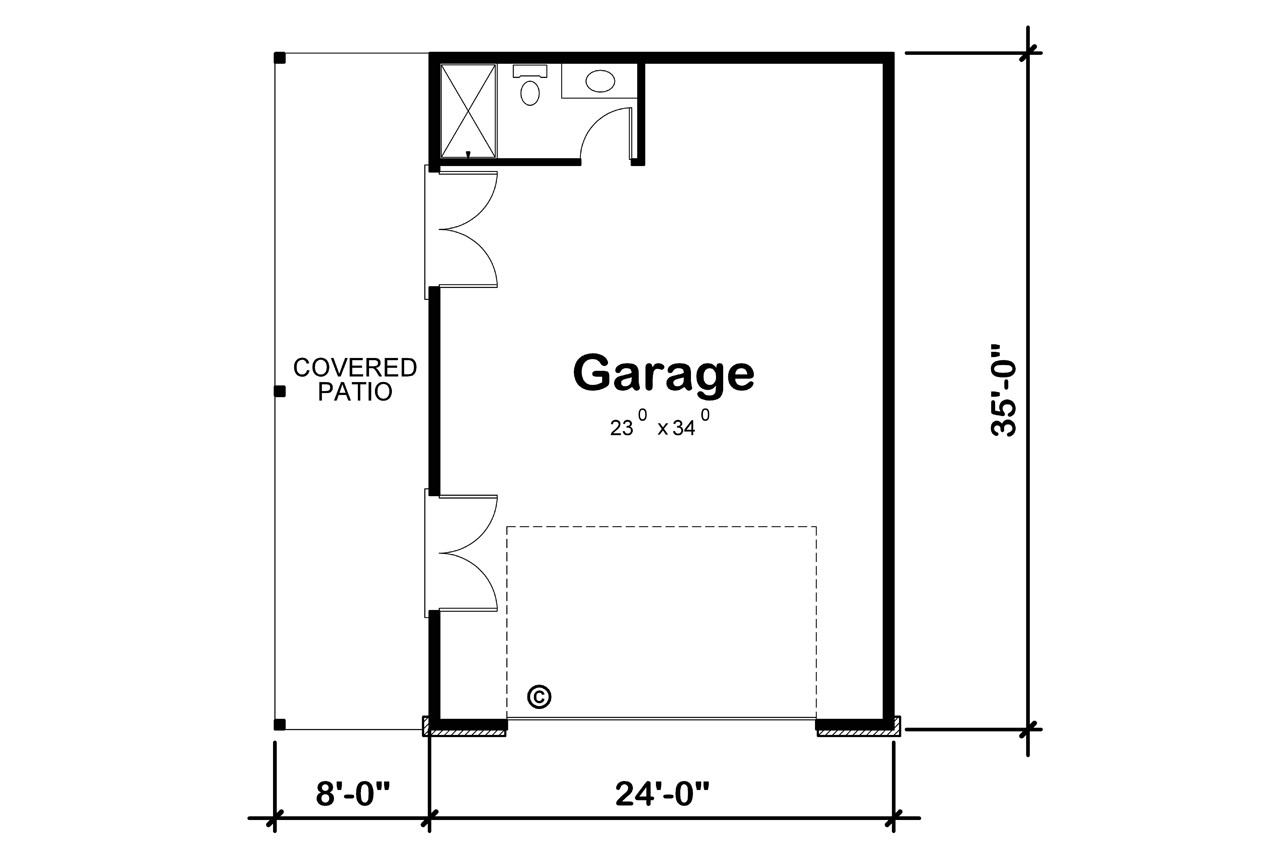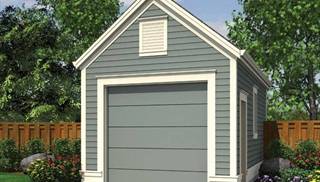
Garage shelving is great for organizing your belongings and making it easy to find them, whether you're working on a DIY project. Garage shelving comes with a wide range of styles, materials, price points, and options. A custom-built storage option may be best depending on what you need. A custom-built storage system can be tailored to your garage and installed flawlessly.
The weight capacity is an important factor to consider when purchasing garage shelving. You should choose shelving that is heavy-duty, in order to keep your heavy items safe. This will ensure the shelf does not sag or splinter and that the item stays in place. It is important to think about the type of construction. Several options are available, including wood, plastic, and metal. Metal is a sturdy and long-lasting choice. Units can be purchased that can be either mounted or freestanding. Some shelving units even come with wheels, giving you extra mobility.
Another advantage of garage shelving is the fact that it can increase storage space. If you are looking to store large quantities of things, you might consider a unit with adjustable shelves that can accommodate different sizes. Static shelving is generally better than adjustable shelving.

There are many materials that can be used to make shelving, including plywood and metal. A shelf that can be cleaned with an all purpose cleaner is a good choice. To prevent spills from staining your shelves, cover them with a sheet. Keep in mind, however, that not all shelving units are equally resistant to staining.
Garage shelving is also popular with particle board. However, particle board is less stable than metal. Consider buying a steel unit. Steel shelving is a good option, as it can take a lot of weight and can support heavier items. It is not easy to clean particleboard. You can cover your shelves with plastic sheets or contact paper.
Garage shelving made of metal is strong and can withstand heavy loads. The best metal shelving systems have wheels. These are more portable than the freestanding ones. A majority of wire shelving units are equipped with wheels which enable you to move it around in your garage.
MDF and plastic are also popular choices for garage shelving. These units can be cleaned easily, but they don't last as long as metal. Check the manufacturer's cleaning instructions before shopping. To clean shelves, you will typically need an all-purpose cleaner/degreaser.

Lowe's can help you find garage shelving options that are easy to install. There are many styles to choose from, and they are easy-to-install.
FAQ
How much would it take to gut a house and how much to build a brand new one?
A home's contents are removed, such as walls, floors, ceilings and plumbing. Gutting is done when you want to make some modifications before moving in. Gutting a home is typically very expensive because so many things are involved in doing this work. Depending on the job, the average cost of gutting a home is between $10,000 and $20,000
A builder builds a house by building it frame by frame. Then, he adds walls and flooring, roofing, windows and doors. This is typically done after purchasing lots and lots of lands. Building a home can be cheaper than gutting. It usually costs around $15,000-$30,000.
It all depends on what you plan to do with your space. You'll need to spend more if you plan to gut your home. It doesn't matter if you want a home built. Instead of waiting for someone to tear it down, you can make it exactly how you want.
How much does it take to completely gut and remodel a kitchen?
You might wonder how much it would be to remodel your home if you have been considering the idea.
The average kitchen renovation cost is between $10,000-$15,000. You can still save money on your kitchen remodel and make it look better.
Plan ahead to save money. This includes choosing the design style and colors that best suits your budget.
You can also cut costs by hiring an experienced contractor. A skilled tradesman will know exactly what to do with each stage of the construction process. This means that he or she won’t waste time trying out different methods.
You should consider whether to replace or keep existing appliances. A kitchen remodel can add thousands to the cost by replacing appliances.
In addition, you might decide to buy used appliances instead of new ones. A used appliance can help you save money as you won't be charged for installation.
Finally, you can save money by shopping around for materials and fixtures. Many stores offer discounts during special events, such as Black Friday or Cyber Monday.
What is the average time it takes to remodel a bathroom.
It usually takes two weeks to remodel a bathroom. However, it all depends on how big the project is. Some jobs, such installing a vanity and adding a shower stall, can take only a couple of days. Larger projects like removing walls and installing tile floors or plumbing fixtures can take many days.
As a general rule, you should allow at least three days for each bedroom. For example, if you have four bathrooms you would need twelve days.
What order should you renovate an existing house?
First, the roof. The plumbing follows. Third, the electrical wiring. Fourth, the walls. Fifth, the floors. Sixth, are the windows. Seventh, the door. Eighth, is the kitchen. Ninth, the bathrooms. Tenth is the garage.
Finally, after all this work is done, you'll have everything you need to get into the attic.
You might consider hiring someone who is skilled in renovating your house. You will need patience, time, and effort when renovating your own home. And it will take money too. Don't be discouraged if you don’t feel up to the task.
Renovations are not always cheap but can save you lots of money in long-term. It's also a way to make your life more pleasant.
What is it worth to tile a bathroom?
It's worth spending a lot if you plan to do it yourself. A complete bathroom remodel is an investment. But when considering the long-term value of having a beautiful space for years to come, it makes sense to invest in quality materials and fixtures.
The right tiles can make a huge difference in how your room looks and feels. So whether you're planning a small project or a major renovation, here's a quick guide to help you choose the best products for your home.
First, decide which type of flooring you'd like to install. The most common options are ceramics, stone, porcelain, and natural timber. The next step is to choose a style. Next, choose a color palette.
It is important to match the tile to the rest in a large bathroom remodel. You may choose white subway tile for your bathroom and kitchen area, but select darker colors for other rooms.
Next, decide the scope of the project. Are you ready to renovate a tiny powder room? Would you prefer to add a walk in closet to your master bedroom?
After you have determined the scope of work, visit local shops to see samples. This allows you to get a feel and idea for the product as well as its installation.
Finally, shop online for great deals on ceramic and porcelain tiles. Many retailers offer free shipping and discounts on bulk purchases.
How do I know if my house is in need of a renovation?
First, check to see whether your home was updated in recent years. You might want to renovate if you haven’t had any home updates in several years. A remodel may be a better option if your house looks like new.
Your home's condition is also important. You should inspect your home for holes, peeling wallpaper, and broken tiles. It's possible to remodel your home if it looks good.
You should also consider the overall condition of your house. Is it structurally sound? Do the rooms look clean? Are the floors spotless? These are vital questions to ask when you decide which type of renovation should be done.
Statistics
- Attic or basement 10 – 15% (rocketmortgage.com)
- $320,976Additional home value: $152,996Return on investment: 48%Mid-range average cost: $156,741Additional home value: $85,672Return on investment: (rocketmortgage.com)
- About 33 percent of people report renovating their primary bedroom to increase livability and overall function. (rocketmortgage.com)
- 55%Universal average cost: $38,813Additional home value: $22,475Return on investment: 58%Mid-range average cost: $24,424Additional home value: $14,671Return on investment: (rocketmortgage.com)
- Windows 3 – 4% Patio or backyard 2 – 5% (rocketmortgage.com)
External Links
How To
How to Install Porch Flooring
Installing porch flooring is easy, but it does require some planning and preparation. Laying a concrete slab is the best way to install porch flooring. You can also lay a plywood deckboard if you don't have access to concrete slabs. This allows porch flooring to be installed without the need for a concrete slab.
When installing porch flooring, the first step is to secure the plywood subfloor. You will need to measure the porch's width and cut two strips of plywood equal to it. These strips should be attached to the porch from both ends. Next, nail the strips in place and attach them on to the walls.
Once the subfloor is secured, prepare the area for the porch flooring. This is usually done by cutting the top layers of the floorboards down to the appropriate size. The porch flooring must be finished. A polyurethane is a common finish. A stain can be applied to porch flooring. Staining is more straightforward than applying a coat of clear paint. After applying the final coat, you just need to sand down the stained areas.
After completing these tasks, it's time to install your porch flooring. Begin by marking the location for porch flooring. Next, cut your porch flooring to the desired size. Set the porch flooring on its final place, and secure it with nails.
If you need to give your porch more stability, porch stairs can be installed. Porch stairs are made of hardwood, just like porch flooring. Some people prefer to add their porch stairs before installing their porch flooring.
Once your porch flooring is installed, it is time for the final touches. First, remove and replace the porch flooring. You'll need to clean up the debris. Be sure to remove all dirt and dust from your home.